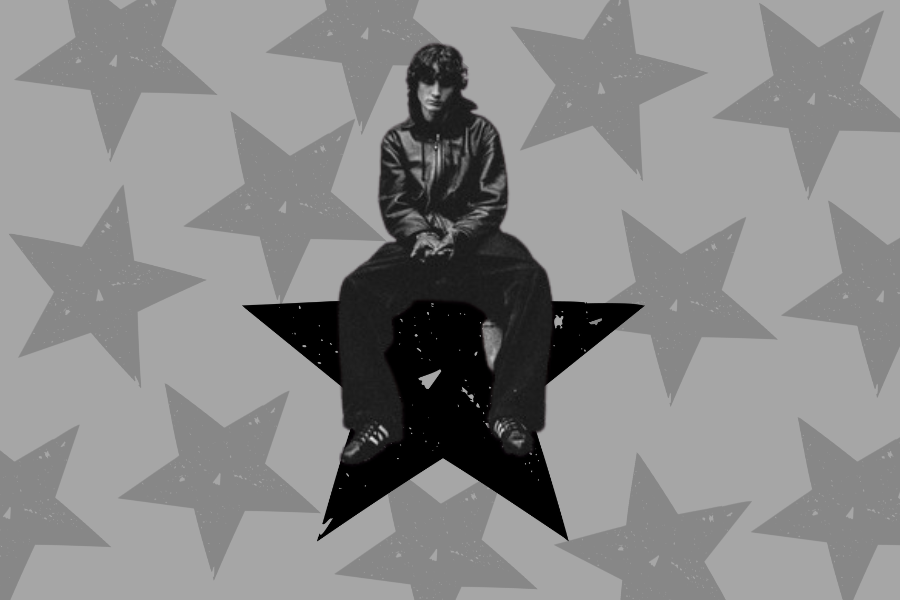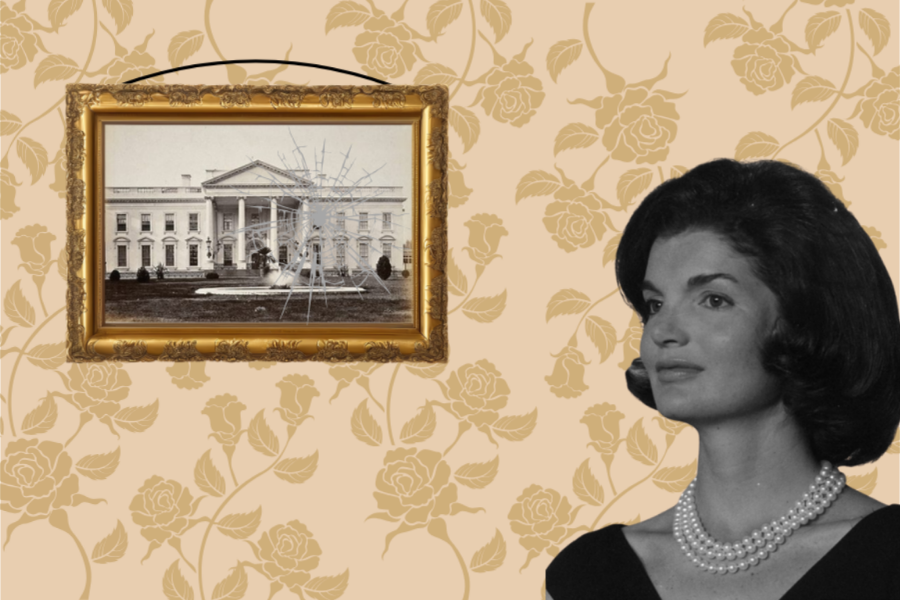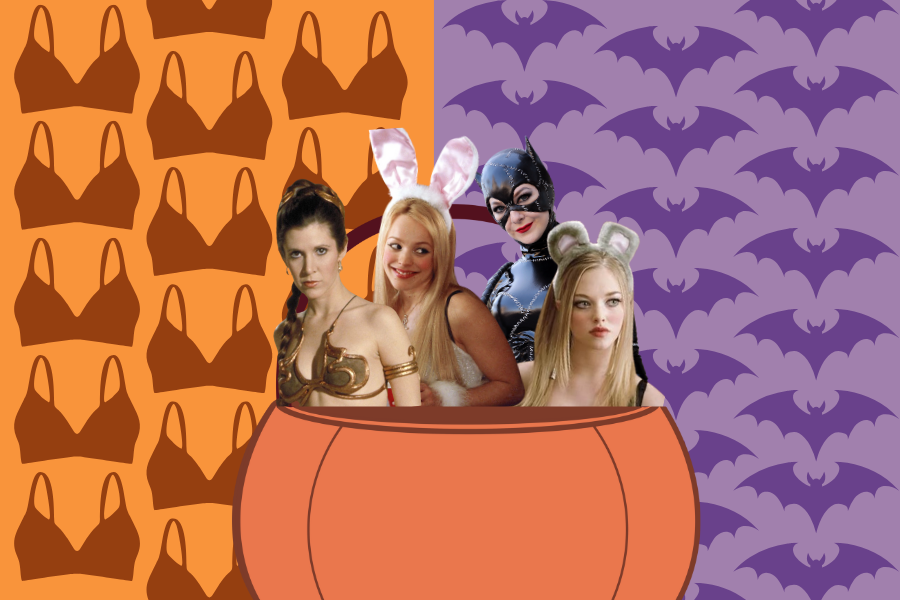Did you spend your childhood in a hotel ballroom adorned in glittery costumes, sticky layers of hair gel and bright red lipstick? Did you do your times tables homework in a dance competition dressing room? Have you ever danced in a piece that you felt uncomfortable in, but did it anyway so as to not disappoint your studio? If you said yes to any of these questions, you may fall under the former competitive dancer in severe denial category.
The dance industry, specifically the competitive dance industry, is notoriously ruthless. Kids being criticized and screamed at by adults who miss their prime, and take it out on the children they teach. Young kids enter the industry because of their passion and love for the art, not for the hurt and trauma that may come with it.
Famous Los Angeles choreographer Molly Long went viral on TikTok recently when her piece “Pop Muzik” captivated two audiences with two opinions: dancers and non-dancers that thought the dance was either very inappropriate or thought there was nothing wrong with it. As a current dancer and ex-competitive dancer, I fall somewhere in the middle of those two categories.
Do I understand how some people who are not part of the dance community find that dance unfitting for 13-year-olds? Yes. Do I find it weird or risqué? No. Is my opinion clouded because I also danced in pieces similar or worse to that one around the same age? Probably.
The problem is the industry that constantly belittles children, especially young girls, and Long is a relevant example. There are certain things that minors should not be doing on a stage with an adult filled audience, and the “Pop Muzik” piece is not an example of one.
The “Pop Muzik” piece is age-appropriate and is one of the few pieces I have seen that did not make me feel like scrubbing out my eyes. People that are saying that the piece is ill-fitting for young girls are the problem. A group of teenagers dancing in grand plié with a leotard on does not mean that they are being exploited, it may just be the artistic direction. Not to mention how strange it is when people see a young girl in a leotard and immediately analyze her body and how she is dancing. Social media would not be talking about this if they were wearing cargo pants and a sweatshirt.
People that have never danced competitively do not understand that revealing costumes and improper dances come with the job. Does that mean that it is normal? Absolutely not. It is horrifying how toxic studio environments are so normalized within the ex-dancer community. The sexualization of minors in the competitive dance industry is so normalized that when said minors grow up they see nothing wrong with the behavior. They believe it is okay because it’s normal for the industry or they did it when they were in a studio.
Clearly there is a line between art and sexualization, like Long’s piece “Fan Tan Fanny,” where kids around five were holding up hand fans to cover their butts and danced very suggestive choreography. There are many pieces by other choreographers that are much more unsuitable for young dancers that should be the point of this conversation – rather than the first popular competition piece that the algorithm selects.
Choreographers like Long are passing along the “industry standard” (sexualizing minors) to young dancers who are going to grow up and carry the legacy.
As a child, competitive dance culture is seen through rose-colored glasses. Holding a trophy, medal or pin with pride while standing in fifth position on a stage surrounded by adult male judges all seems normal. Winning and participating in something that is loved and worked hard for is fun, and all of the uneasiness and pain is placed on the backburner.
Until the ex-competitive dancers grow up and reflect on the years spent in a studio. Thinking back on the treatment that teachers, choreographers, fellow dancers and studio owners put them through and think, “I should not have heard that as a kid.” Former competition dancers should reflect upon their dance experience and take a second look at the pieces they were in, the costumes they wore and most importantly how they were treated. Most children do not know any better and cannot judge appropriateness, but adults can and should.










colette perrone • May 10, 2025 at 10:48 am
WOW!